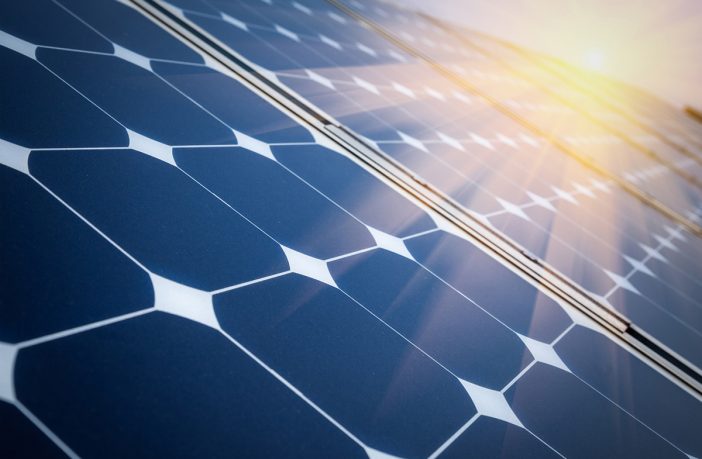- The solar photovoltaic industry welcomes the South African Cabinet’s approval of the Department of Mineral Resources and Energy’s (DMRE) latest Integrated Resource Plan 2019 (IRP).
- We welcome the allocation of 6000MW of new generation capacity to large scale solar photovoltaics, as well as around 6000MW allocation to embedded generation, through to 2030.
While the IRP that has been issued is not, strictly speaking, based on a least cost model, we believe that the significant allocation to renewable energy (including a fair amount of solar power) over the next decade will bode well for the industry. The IRP provides potential developers, investors, operators and equipment manufacturers active in the sector with a moderate level of certainty that opportunities in the sector will materialize in the near to medium term. SAPVIA Chairperson, Wido Schnabel added “We will continue to engage the Minister of DMRE to find mechanisms to smooth out the gaps presented in 2024, 2026 and 2027, where no solar PV is envisaged to be added to the grid.” Continuity is required for investment in industrialization.
We further welcome the statement from Cabinet, highlighting that the IRP is a living document, which will be amended over time to reflect the realities of the energy sector. We believe that this pragmatic approach, if based on clear principles, will in time result in an even larger future allocation to cheaper and easier-to-deploy renewable energy projects. SAPVIA COO, Niveshen Govender encourages that “the DMRE should already start planning the techno-economic studies and analysis required for the next iteration of the IRP to ensure that policy reflects the latest most accurate assumptions on all technologies.”
With the release of the plan, we urge the Department of Energy and the IPP Office to move expeditiously in implementing the Round 5 bidding window under the REIPPP, which will aid in the rapid deployment of additional generating capacity, the need for which has been made very apparent by the latest round of Eskom load shedding.
We are also pleased to see the allocation to embedded generation increased from 200MW to 500MW annually which has the potential to unlock significant new investment. To this end, SAPVIA COO, Niveshen Govender added, “the waived requirement for ministerial deviation on 1-10MW SSEG projects, and the allocation to embedded generation, based short term capacity and energy gaps, are great portents for the sector’s future.
We encourage the Department to swiftly gazette an amendment to Schedule 2 of the Electricity Regulation Act, thereby allowing for licensing exemptions for projects with a generating capacity less than 10MW.
Author: GBA News Desk
Source: SAPVIA















